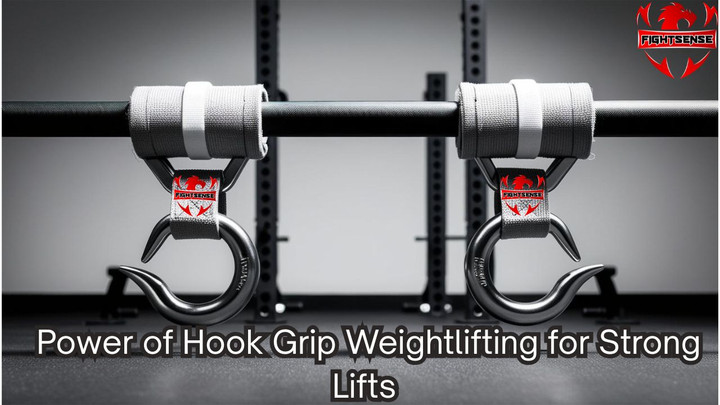Master the Art of Wearing a Belt: Tips for Style & Support
25th Mar 2025
Though a belt seems to be a basic tool, wearing one provides much more than just appearance. It gives your body necessary support, especially in weightlifting or other physical exercise. Wearing a belt aids with posture, reduces damage, and even enhances performance on large lifts. Knowing how to wear a belt correctly will help you be comfortable and effective whether you are dressed for a fancy event or lifting weights.
Key Highlights:
-
A belt emphasizes your clothesline and helps to correct posture.
-
Belt wearing the correct technique improves functionality and fashion at once.
-
Knowing how to use a weight belt helps you avoid gym injuries.
-
A weightlifting belt guide guarantees the best help.
-
Any event asks for a different belt type depending on it.
Why Wearing a Belt Matters
Not only a decoration, a belt improves functionality as well as fashion. It keeps your clothes clean and lends a stylish touch. Wearing a belt helps core stability and lower back support during challenging lifts in fitness. The correct belt increases confidence and comfort, whether for style or usefulness.
The Importance of Wearing a Belt
Wearing a belt serves purposes other than only keeping pants up. It particularly helps your back to be solid and supported when lifting hefty weights. The correct belt will help you to strengthen your core, increasing the effectiveness and safety of your exercises. Furthermore, depending on the official or informal setting, wearing a belt could accentuate your attire.
How to Wear Weight Belt Correctly
Many weightlifters find how to properly use a weight belt to be unknown. These guidelines will enable you to have the best assistance and protection during large lifts:
-
Positioning: Place the belt around your waist to cover your lower spine. The belt should lay somewhat above your belly button.
-
Tightness: Make the belt moderately tight but not overly so. For easy breathing, deep breaths should come easily to you.
-
During Lifts: Your primary lifts are deadlifts and squats; hence, you only wear the weightlifting belt. Steer clear of utilizing it for easier activities to avoid leaning much on outside assistance.
Using a weightlifting belt correctly will keep your core active and lower your risk of injuries during demanding lifts.
Belt Wearing for Everyday Life: Comfort Meets Style
Apart from weightlifting, belt wearing is rather important to finish an outfit. A belt accentuates your style and defines your waist whether you're on a laid-back holiday or on your way to work.
For formal events, wear a leather belt complementing your shoes. Fabric belts in different colors and designs are an excellent choice for casual attire. Choose a belt that guarantees comfort and complements the full tone of your outfit.
How to Wear a Weightlifting Belt for Maximum Effectiveness
Usually questioned of novice lifters, "Weightlifting belt how to wear it for maximum effectiveness?" Its correct application is seen here:
-
Fit and Position: For lower back issues, wrap the belt around your waist. The belt should extend to the point where your hips and ribs meet.
-
Tightness: Enough belt tightening will feel like protection without restricting breathing. It should facilitate more total hard lifts and help to raise intra-abdominal pressure.
-
Use for Heavy Lifts: Wear the belt most of the time. Using it for every set would gradually weaken your core.
Following these basic guidelines for weightlifting belt wear can make your sessions safer and more effective.
Conclusion:
Wearing a belt will significantly improve comfort and offer necessary support whether you lift or weigh regularly. Through strengthening your lower back and core, weightlifting will help you prevent injuries. Fashion-wise, it can accentuate your silhouette and finish your outfit. Wearing a belt correctly guarantees both comfort and safety depending on the circumstances.
Disclaimer
The primary purpose of this blog's contents is to serve a broad educational audience. Always consult a fitness professional or personal trainer before wearing a weightlifting belt or significantly altering your training program.
FAQs
1. What tightness should I adjust my weightlifting belt to?
Your weightlifting belt should be tight but not unduly so as to limit breathing. It will enable your core to carry big lifts.
2. Should I wear a belt every workout?
No, Perfect is deadlifts, squats, and overhead presses wearing a weightlifting belt, especially for your biggest lifts.
3. Does weight lifting call for any particular kind of belt?
Usually composed of leather or nylon, weightlifting belts have a broader rear for extra support.
4. Can a belt help with posture?
Actually, especially while working hard, a belt can support your lower back and encourage appropriate posture.
5. About daily use: which belt would fit?
Choose a daily belt that accentuates the fabric, color, and fit of your clothes. While a leather belt suits formal events, cotton belts are perfect for informal use.

